|
Working With Wood Continued
Here is a close-up of what I'm doing. I had to stop at this spot
because I was bumping against my wooden clamp plate.
|
|
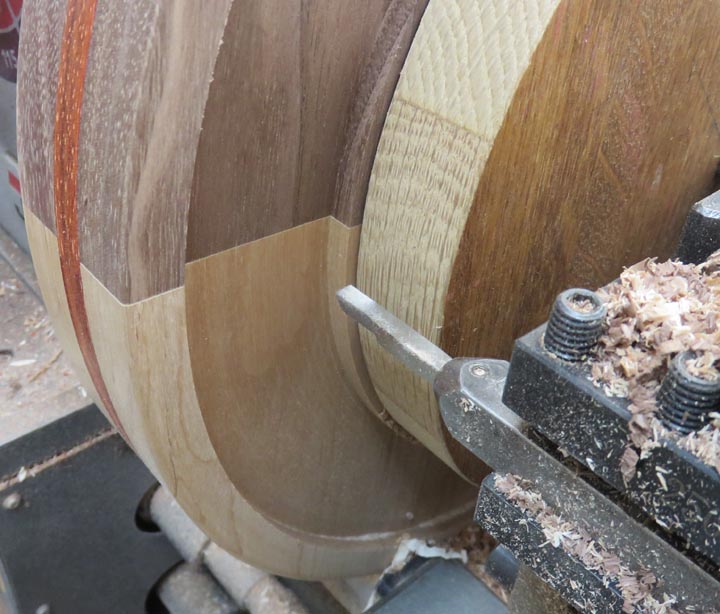 |
Now I need to remove the excess material in the center and to do that
I'll use my milling machine.
|
|
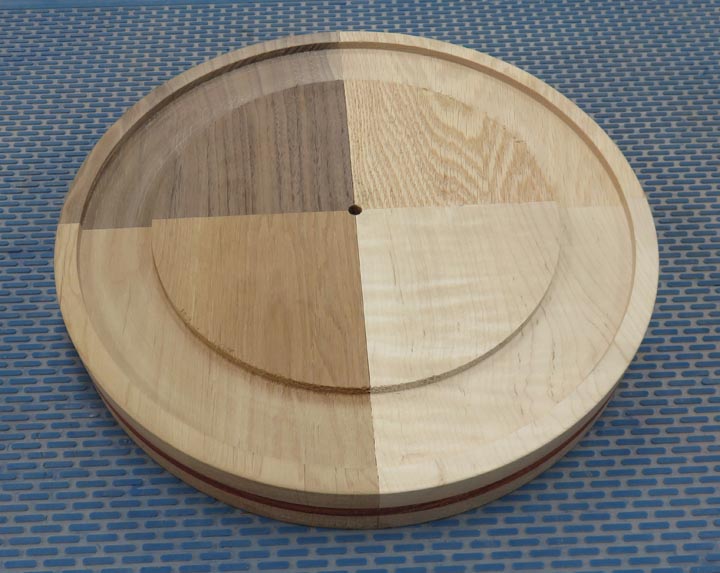 |
I set my tool depth and went around free-hand to cut out the remainder
of the material. This went fast and was easy to do.
|
|
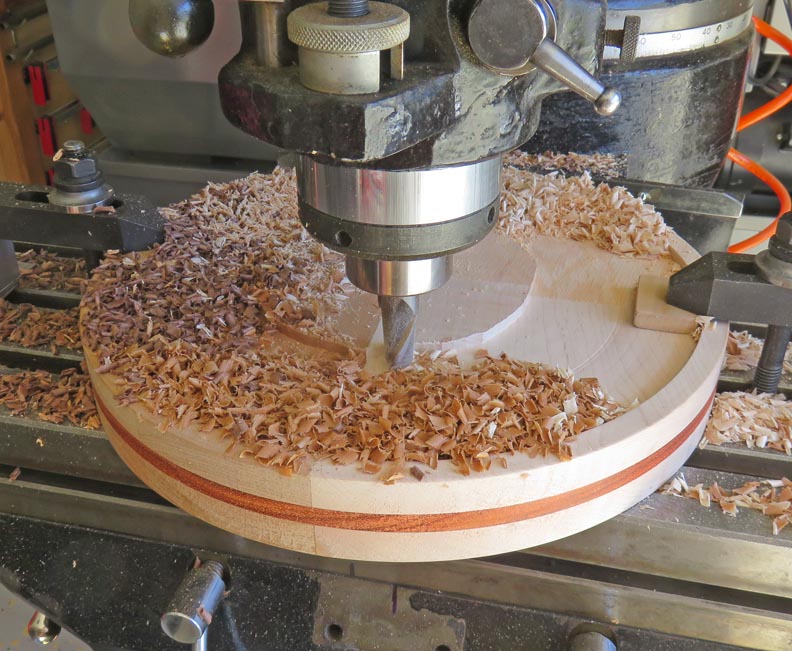 |
Then I used my DA sander to remove all the cutter marks. But after
looking at it with everything sanded, I didn't really like it. I think
it needs to be a little deeper so back to the lathe we go.
|
|
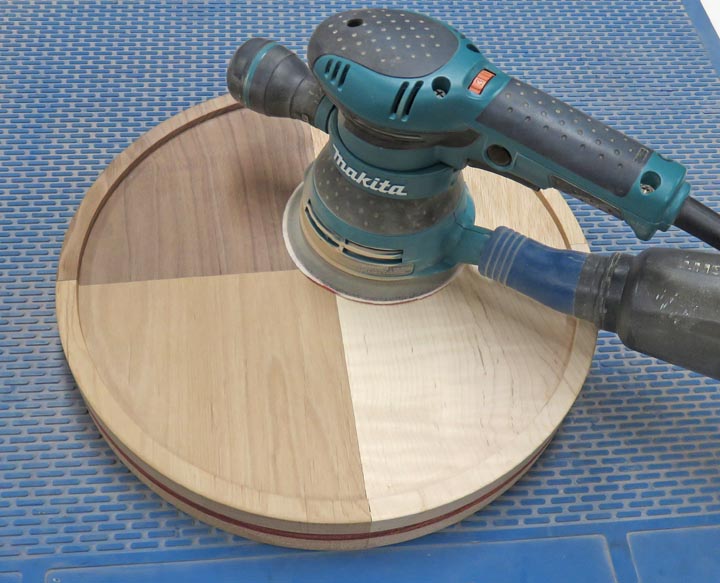 |
I'm removing another 1/8" of material so my depth will end up at 1/2"
|
|
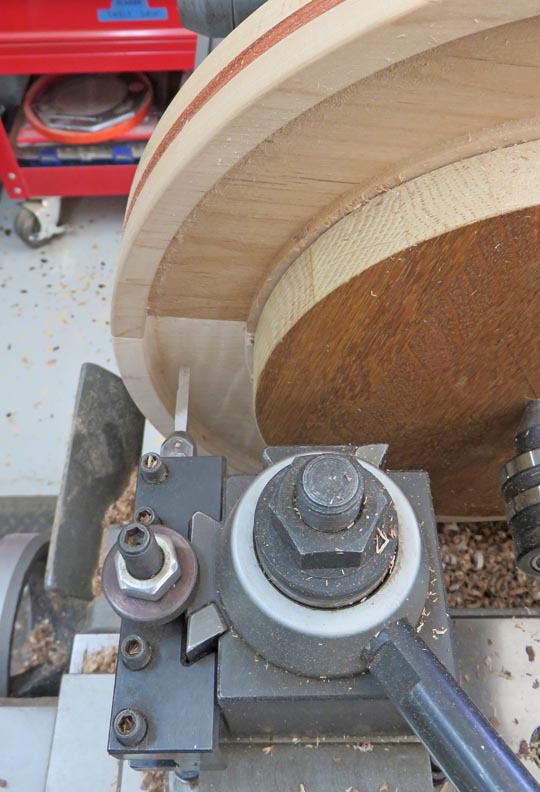 |
Back to my milling machine once again along with some sanding, and this
time I liked it. Yes it took some extra time but I think it looks much
better now.
|
|
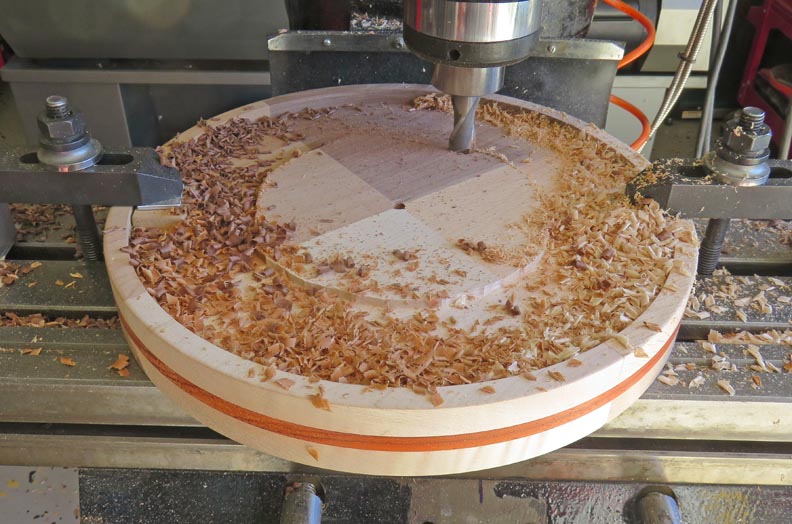 |
|
It's time to cut a pocket for the clock works. Now
I've used this type of clock works before and had very good luck with them so I'm using
it again. This mechanism has a sweep second hand that is silent and the
hour and minute hands are black on one side and white on the other. This
gives you options when your assembling.
|
|
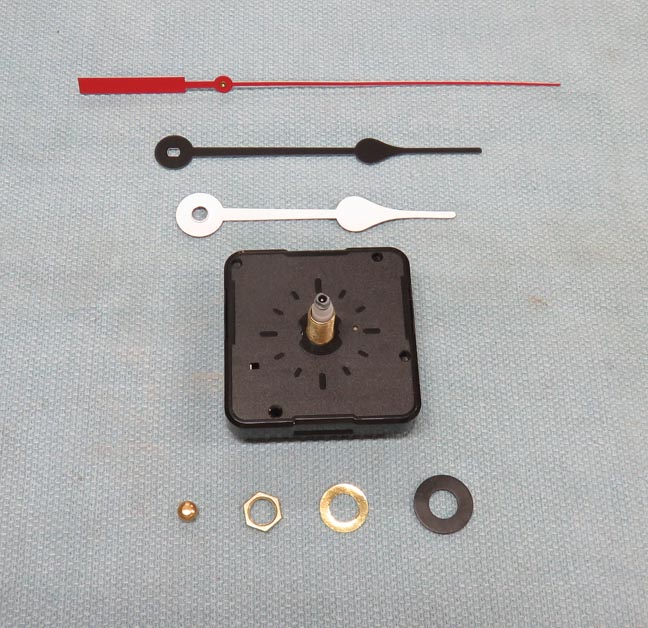 |
I used a 1/2" end mill for the pocket which went nice and smooth. Now
it's time to turn the clock over and work on the face.
|
|
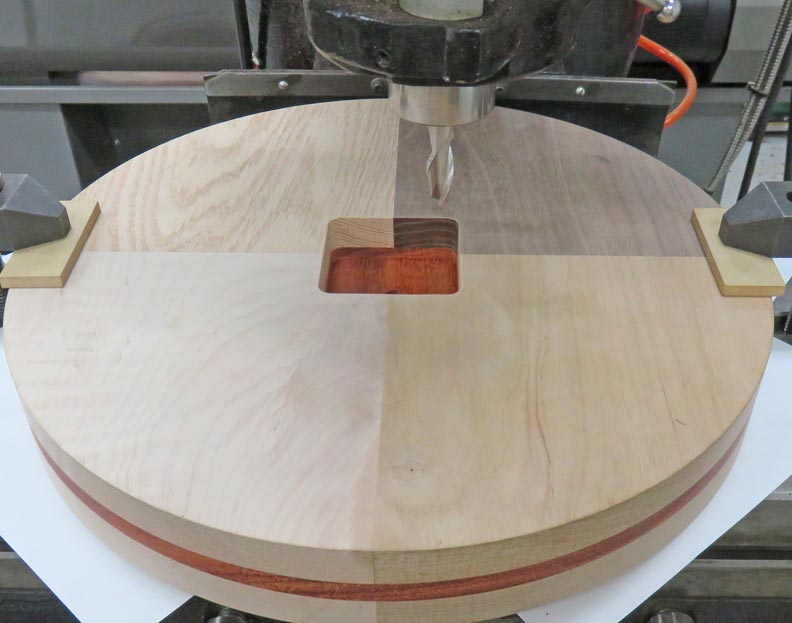 |
|
I'm going to use brass and stainless steel in place of
numbers. As you can see I've cut some slots for the 12, 3, 6 and 9
o'clock
positions below.
|
|
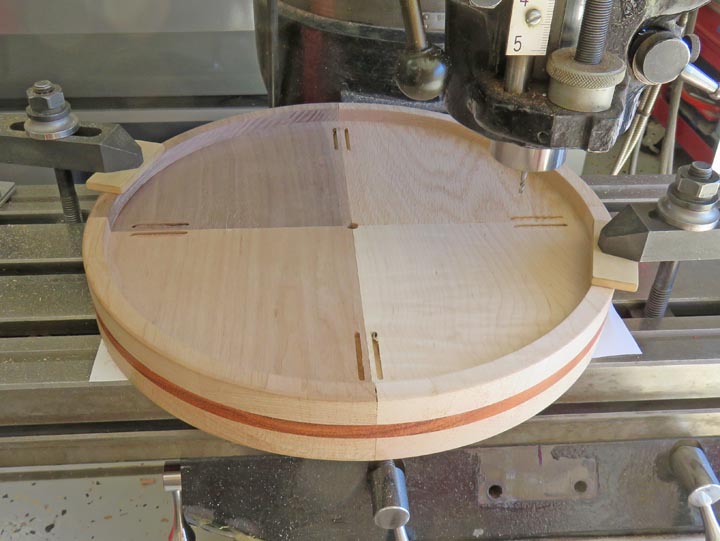 |
I have my cheat sheet attached to my collet rack.
|
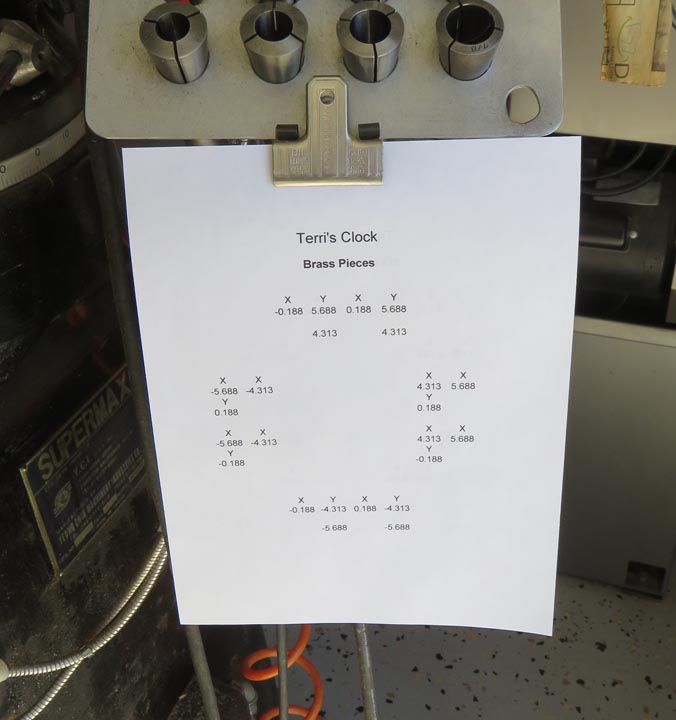 |
|
1
2
3
4
5
6
7
8 |